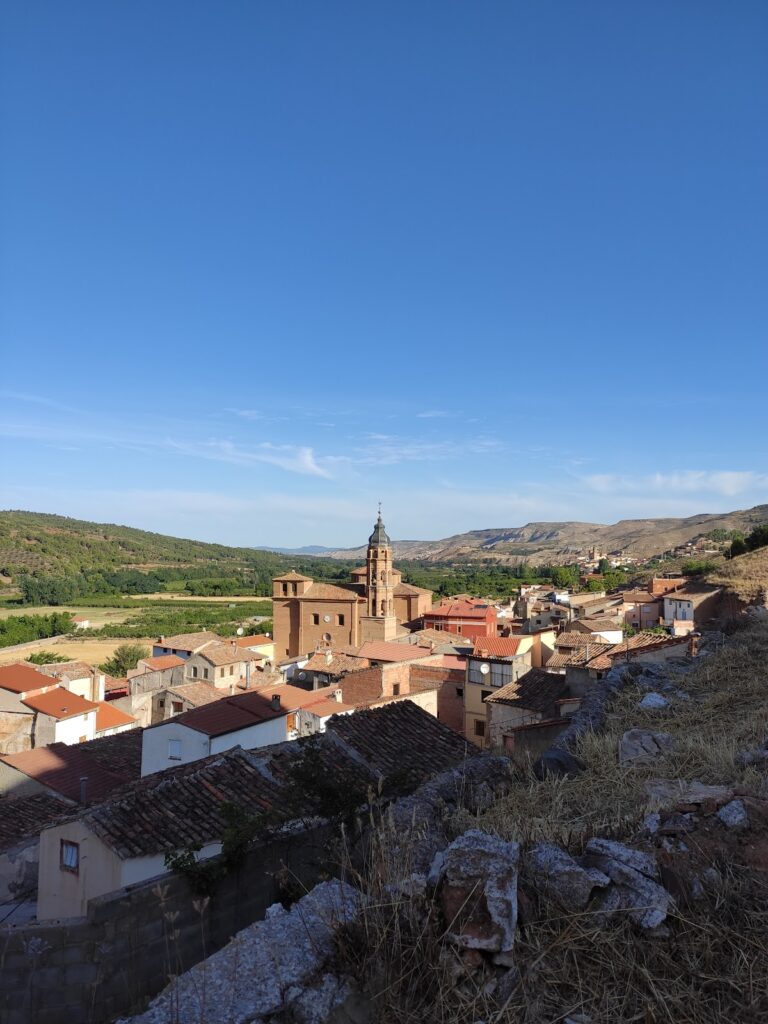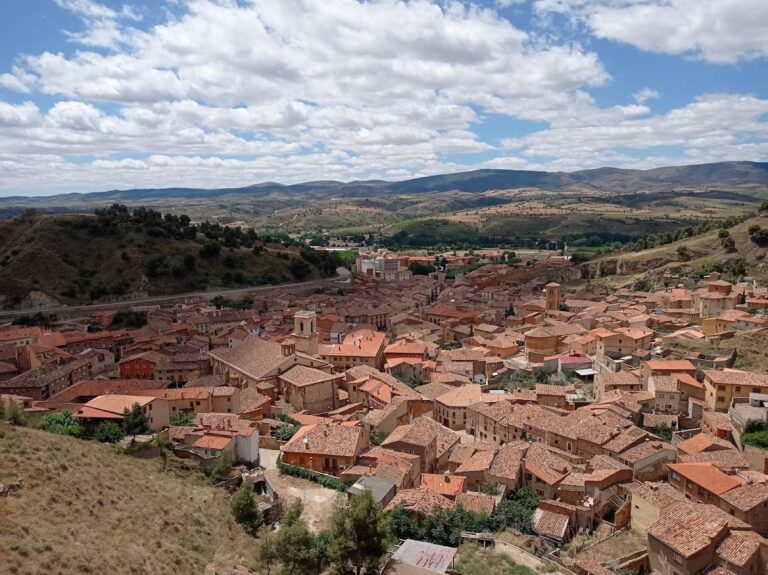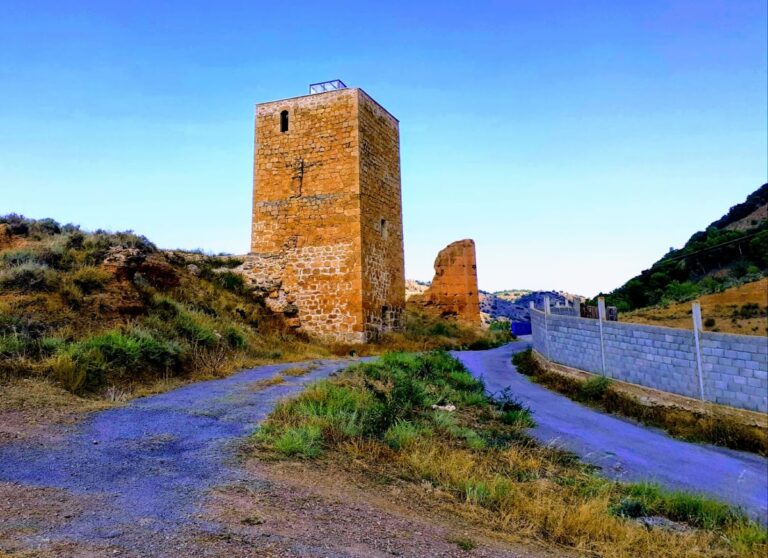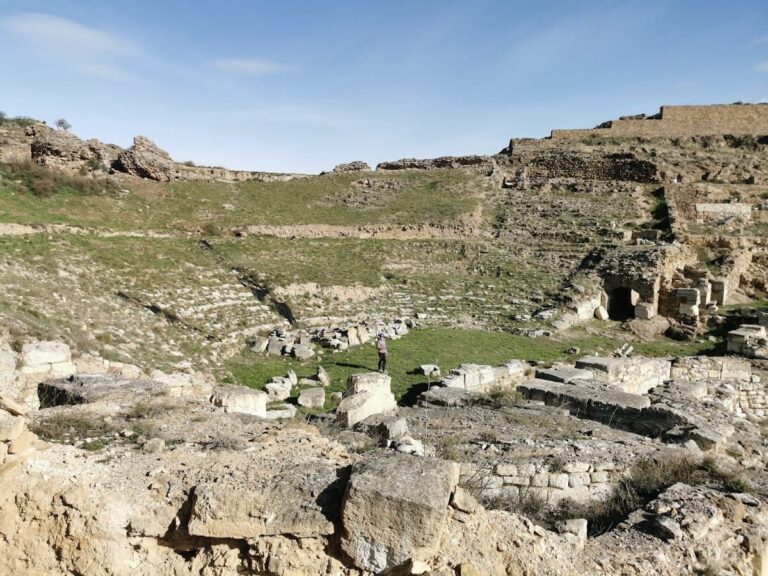Castle of Villafeliche: A Historic Muslim Fortress in Spain
Visitor Information
Google Rating: 4.5
Popularity: Very Low
Google Maps: View on Google Maps
Official Website: castillosdelolvido.com
Country: Spain
Civilization: Unclassified
Remains: Military
History
The Castle of Villafeliche is a fortress of Muslim origin located in the town of Villafeliche, Spain. Its origins date back to the period when the Iberian Peninsula was under Muslim control, serving as a strategic stronghold on a hill overlooking the surrounding area.
In 1121, the castle was taken by Alfonso I of Aragon, known as “El Batallador,” during the Christian reconquest of the region. Following this conquest, the fortress became incorporated into the community of villages of Calatayud, marking its integration into the expanding Aragonese realm.
After the death of Alfonso I, the region experienced disputes over succession, during which the Castle of Villafeliche fell briefly under the jurisdiction of the Kingdom of Castile. This is evidenced by legal documents from the time of Alfonso VII of Castile, who granted the town to the bishop of Sigüenza.
In the subsequent years, the castle and its lands passed through various hands, including the community of villages of Daroca, the Monastery of Piedra, and the bishopric of Tarazona. Throughout the medieval period, the fortress was also held by prominent Aragonese nobles. Among these were Sancho Fernández de Azagra and, in 1366, Fernán López de Luna, the lord of Ricla, who controlled the castle for a time.
The castle’s presence and ownership shifted multiple times, reflecting the complex political and ecclesiastical influences in the region during the Middle Ages. In recognition of its historical value, the Castle of Villafeliche was officially declared a Bien de Interés Cultural, an Asset of Cultural Interest, under the heritage laws of Aragón in 2006.
Remains
The Castle of Villafeliche is perched atop a hill accessible only from a single side, which serves as the location of the entrance gate. The opposite side of the fortress is naturally protected by a moat, while the remaining flanks are guarded by high rock walls, taking advantage of the natural terrain for defense. The overall layout of the castle is trapezoidal, constructed primarily using stone combined with rammed earth, known locally as tapial, a technique involving the compression of layers of earth for structural solidity.
Within the castle’s enclosure, a prominent keep tower occupies one corner. This main tower measures roughly seven meters on each side and served as a crucial defensive and lookout structure. Additional fortifications include two smaller square towers situated on other corners of the fortress. Of these, one tower survives only at its base level, indicating partial ruin or demolition over time.
The curtain walls surrounding the castle are topped by parapets featuring loopholes, or narrow vertical slits, designed for archers or firearms to defend the fortress. These features are believed to have been added during the Carlist Wars, suggesting a period of military reuse or reinforcement in the 19th century. These adaptations highlight the continued strategic importance of the castle even several centuries after its initial construction.
Today, the remnants of the Castle of Villafeliche reflect its layered history through preserved stonework and earth constructions that embody both its medieval origins and later modifications.







